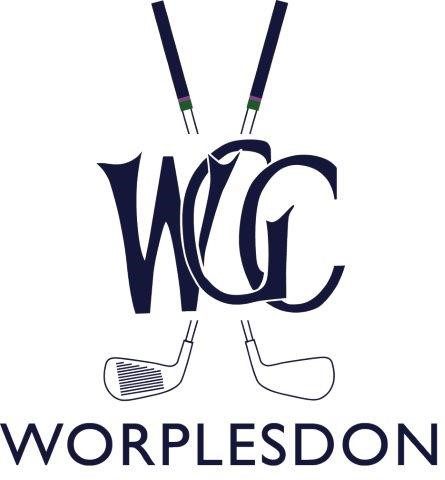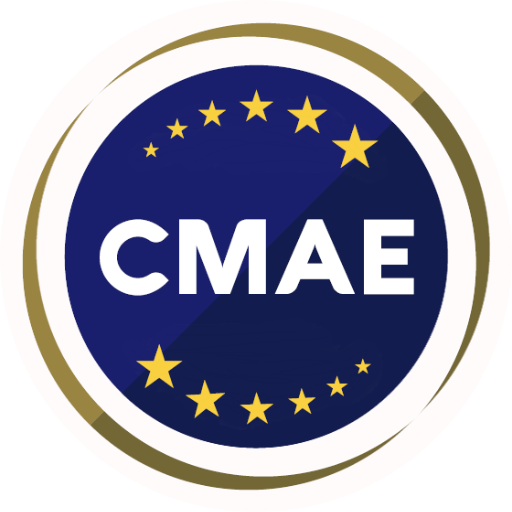Following boardroom performance standards now in use at most corporations, enables club boards/councils to improve their performance and the job satisfaction from their board service.
Following boardroom performance standards now in use at most corporations, enables club boards/councils to improve their performance and the job satisfaction from their board service. One business-like staple from the big companies is a board self-assessment.
Usually a board self-assessment is divided into four segments: structure, information, dynamics and individual board member self-evaluation.
The following are some examples of such a board assessment tool, which quantifies the qualitative elements into five parts ranging from “strongly disagree” to “strongly agree” (with disagree, neutral and agree in the mid-range). Questions about the board structure include:
Structure
1. The board members have the appropriate talent, experience, diversity, independence, character and judgment.
2. Board meetings are well organized and planned to ensure an effective use of time.
3. The annual board retreat is effective in focusing the board on key strategic issues.
4. The board has the right number of committees, and
5. Committee meetings are timely, when-needed and purposeful.
Information
1. The responsibilities and expectations of board members are clearly communicated and understood.
2. The board receives adequate pre-reading materials – including budget, financial and committee reports – in advance of meetings.
3. Board minutes are appropriate for the club, accurate, and timely available for member review.
4. The board has adequate access to internal and external advisors, such as independent auditor and legal counsel, and
5. Presentations by officers and staff at board meetings are accurate and unbiased.
Dynamics
1. Board devotes sufficient time to understand and appropriately influence the club’s mission and strategic direction.
2. Board clearly communicates goals, expectations, and concerns about tactical solutions the club’s strategic plan.
3. Board maintains current, accurate and complete understanding of the club’s financial performance and capabilities.
4. Board monitors legal and ethical compliance consistently, and
5. Board balances the assignment of authority with accountability for results.
Board Member Self-Assessment (rate your own performance)
1. Full understanding of the club’s strategic plan.
2. Able to make critical and informed decisions in a constructive manner.
3. Focus on key strategic, financial and governance matters.
4. Actively engaged in the work of the board, and
5. Advocates in support of the club.
The consolidated – not individual – results of the board self-assessment should be published for member review with an invitation for comment and feedback. This step engages members and enables individual board members to separate random member comments from quantified data.
Members favour the notion that the board is holding itself accountable to the club’s members and openly sharing the results with fellow members. Although your club may not be a Fortune 500 company, it can certainly adopt useful standards of board accountability.
This article was authored by GGA Partner Henry DeLozier. A former recipient of Boardroom Magazine’s “Strategic Planning Firm of the Year” award, GGA brings an unmatched financial, marketing and operational focus to each of its strategic assignments. The firm serves over 2,900 clients around the world from offices in USA, Canada, Sydney (Asia-Pacific) and Dublin (EMEA). GGA is a CMAE Corporate Partner and you can learn more of their credentials and expertise at www.globalgolfadvisors.com. This article was originally published by BoardRoom Magazine.


